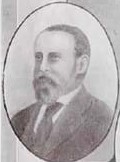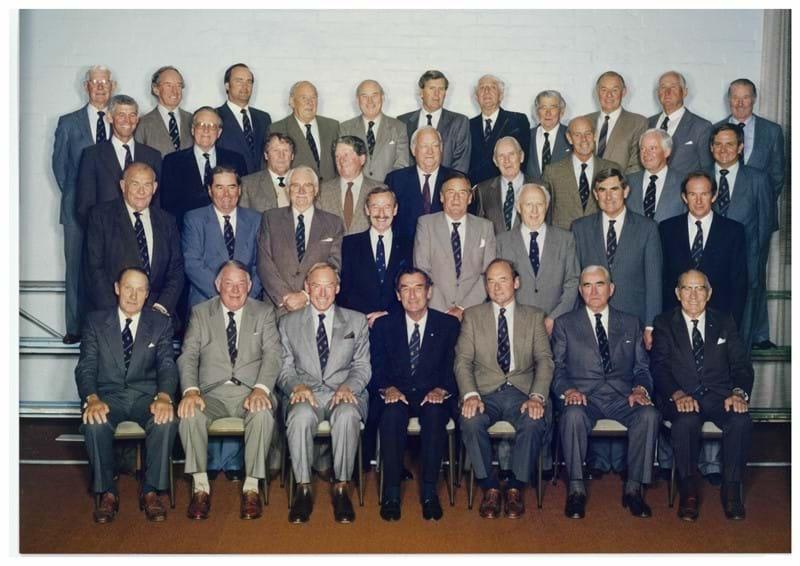The Fisken Family
Firm Roots in the Port Phillip district for the Fisken family
It was 1840 when the Fisken family established their new home in the infant Port Phillip settlement as pioneer colonists. The family gave over 100 years to the Royal Agricultural Society of Victoria, with Mr. John Fisken representing the third generation of this family on Council.
John Fisken inherited 'Lal Lal Estate' at Yendon from his father where the family had operated as graziers for many years. He joined the Society in 1975 and went on to serve three terms as Vice President from 1981 to 1984. He had been an active member on many committees including the Farm Management and Inventions, Woodchop, Dairy Cattle and Public Relations committees and remained on the Show’s council until his death in 1989. Mr John Fisken, along with his father and grandfather, were consistently held in high esteem, often described as highly respected, capable and ‘generous.
John Fisken’s father, Archibald Clyde, served in World War 1 and was later elected to council in 1944. Archibald Clyde was present for the first post-war Show in 1946 which has been referred to as a truly memorable one. He was also present for a number of other memorable Melbourne Royal Shows, including the Centenary in 1948, the Diamond Jubilee in 1950 and the Commemoration Show in 1951. He was nominated to be a Trustee in 1959 and later passed away in 1970 to which he was honoured as a faithful and highly respected member of council.
The beginning of it all however, was Mr Archibald Fisken, who arrived in the Port Phillip settlement in 1840 as a ten year old boy with his father, mother, brother, and four sisters. He was a founding director of the first 25-member council of the National Agricultural Society of Victoria in 1871, helping to establish the Society’s agricultural roots. It was his indomitable reputation as a businessman and grazier that allowed him to bring so much knowledge to the newly formed society.
Archibald began his career as a grazier when his uncle, Mr. Peter Inglis, bought Ingleston Station, between Bacchus Marsh and Ballan, and later, Lal Lal Estate, of which Archibald Clyde and then John Fisken inherited.
At the premature age of 17 Archibald was placed in charge of the two properties, and once he turned 21 they were offered to him in a handshake agreement; the terms being ‘just when he was able to pay.’
The discovery of gold near Ballarat soon after, however, encouraged young Archibald to spend some time as a digger, meaning the agreement was met a lot quicker than had been intended. After his time on the goldfields, he gave valuable service to the Ballarat district, in particular, the Buninyong shire as one of the first territorial magistrates and pioneer presidents of that shire. A reputable businessman whose pastoral interests took him as far north as Queensland; it was said by the Rev. Dr. Marshall at his funeral that “the community has every reason to be proud that a man of his strenuous character and moral worth had a part in laying the foundation of our national life,” and, in describing the late Archibald Fisken, he said “he was always equal-minded, genial, sympathetic, charitable and generous.”
Mr Archibald Fisken died in 1907, aged 78.
The reputation held by the Fisken family as charitable, honest and faithful saw them flourish for more than 100 years as pivotal members of the Society, and their individual contributions have never been forgotten.

Mr Archibald Fisken, Esq., as pictured in the Royal Agricultural Society of Victoria Jubilee Show Pictorial Souvenir Booklet, 1921. Melbourne Royal Heritage Collection.

A photo of the Council in 1988. John Fisken is in the lower middle row, fourth from the right (in the light grey suit). Image source: Melbourne Royal Heritage Collection.

